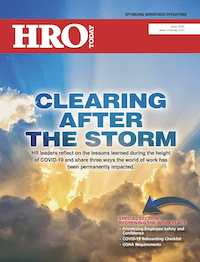Maintaining compliance gets complicated, but understanding these seven regulatory issues will make a big difference for HR.
By Mike Trabold
2021 is poised to be another year of fast-paced regulatory change, with another round of COVID-19 relief and the priorities of a new presidential administration coming into focus. Several items on the docket will impact HR processes, policies, and operations in businesses both big and small across the country.













